
“Store product insects” refers to insects that are commonly found in food storage and warehousing areas, especially agricultural products or processed foods. These insects can cause significant economic damage by destroying food supplies and raw materials.
The primary residence for product storage insects is in or around food storage areas such as warehouses, silos, grocery stores, and other storage areas.
Some examples of product storage insects include:
Flour Beetles (Tribolium spp.): These small insects are often found in flour products, cereals, and other grains. They can damage packaging and contaminate products with eggs or larvae.
Grain Boring Beetles (Sitophilus spp.): These small insects are often found inside grains such as rice, wheat, and corn. They damage grains by making holes and contaminating them with eggs and larvae.
Bean Beetles (Acanthoscelides spp.): These insects are often found inside legumes such as kidney beans, mung beans, and soy beans. They can damage beans by making holes and contaminating them with eggs and larvae.
Warehouse beetle (Oryzaephilus spp.): These small insects are often found inside grains, spices, and other dried products. They can damage packaging and contaminate products with eggs and larvae.
Produce storage insects tend to be inside foodstuffs or nearby, especially in damp and dark places. They usually infect food supplies from the outside through contaminated foodstuffs or through cracks in packaging. Therefore, control of product storage insects is essential in the food storage industry to prevent product spoilage and contamination.
Cleanliness and Environmental Hygiene: Keeping the warehouse and food storage areas clean is very important. This includes regularly cleaning storage areas, removing food debris, and ensuring that all food packaging is tightly sealed.
Temperature and Humidity Control: Product storage insects tend to breed faster in high temperature and humidity conditions. Maintaining appropriate temperature and humidity in storage can help reduce the risk of infestation by these insects.
Use of Proper Packaging: Using packaging that is resistant to insect penetration and has a tight closure system is also important. Good quality packaging can prevent the entry of insects into food products.
Regular Monitoring: Conducting regular monitoring to detect the presence of store product insects is essential. Regular visual checks of food supplies and storage areas can help identify infestations early.
Pesticide Use: The use of pesticides can be a last resort if the infestation by store product insects is severe and other preventive measures are not effective. However, the use of pesticides should be done with caution and in accordance with the instructions for use provided.
Storage with Stock Rotation: The principle of stock rotation can help reduce the risk of infestation by store product insects. By paying attention to expiration dates and using the FIFO (First In, First Out) system, food supplies will be used more frequently and air circulation in the warehouse will be improved.
Use of Fumigation: In cases of severe infestation, fumigation may be an option to control store product insects. This procedure should be carried out by trained personnel using appropriate chemicals and in compliance with applicable regulations.
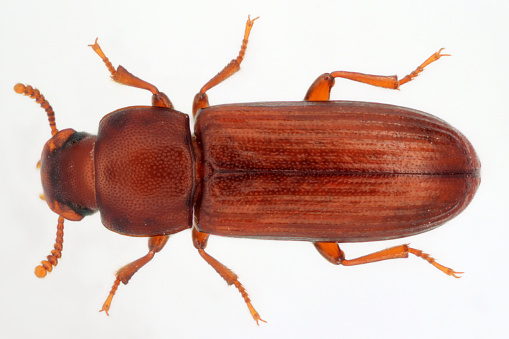
Kumbang Tepung
Tribolium spp.
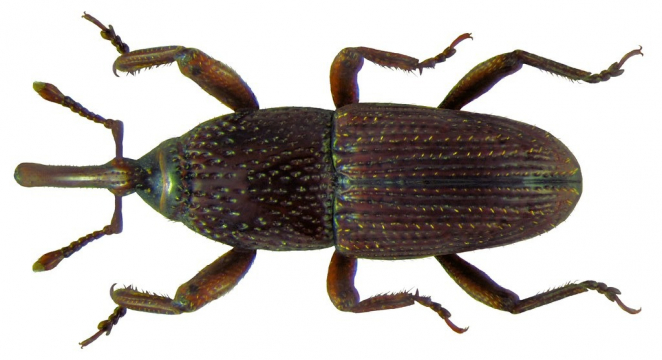
Kumbang Penggerek Biji Bijian
Sitophilus spp.
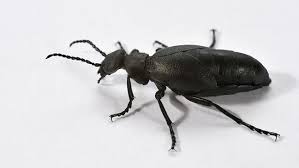
Kumbang Gudang
Oryzaephilus spp.
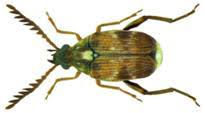
Kumbang Kacang
Acanthoscelides spp.
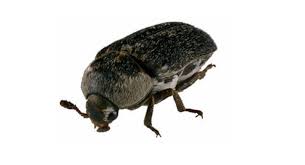
Kumbang Kulit
Trogoderma spp.
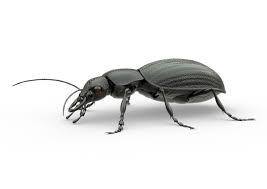
Serangga Penyemut
Lasioderma spp.